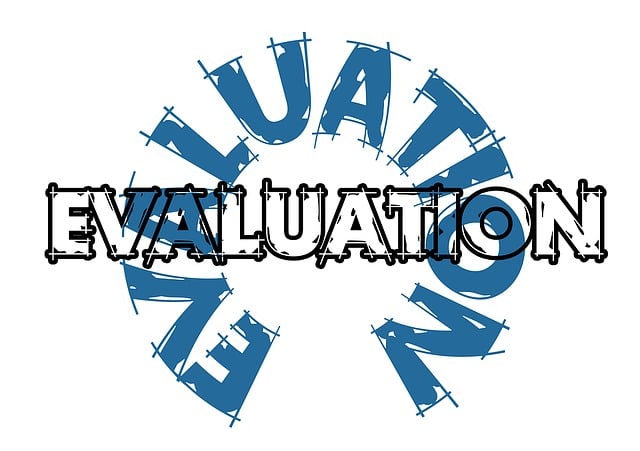Real estate appraisals are vital tools for lenders to prevent overvalued assets, reducing financial risks in investments. By analyzing market trends, property condition, and comparable sales, accurate appraisals ensure loans are secured against realistic values, protecting both lenders and borrowers in a dynamic real estate market. Implementing robust due diligence, clear loan-to-value ratio guidelines, and regular value reviews enhances the integrity of real estate transactions.
In the dynamic realm of real estate, ensuring accurate asset valuation is paramount for lenders aiming to mitigate risk. This article delves into crucial strategies designed to protect lenders from overvalued properties, a common yet perilous misstep in the lending landscape. We explore the significance of meticulous real estate appraisals and delve into effective measures to prevent asset misrepresentation, ultimately safeguarding financial interests in an ever-evolving market.
Real Estate Appraisals: Ensuring Accurate Value

Real estate appraisals play a pivotal role in protecting lenders from overvalued assets, which is crucial in mitigating financial risks associated with real estate investments. These professional evaluations provide an unbiased estimate of a property’s market value, ensuring that loans are secured against realistic asset values. Accurate appraisals involve meticulous analysis of various factors such as location, market trends, property condition, and comparable sales, thereby minimizing the chances of lending beyond a property’s true worth.
In the dynamic real estate market, lenders must rely on reliable appraisal methods to safeguard their interests. By adhering to industry standards and guidelines, appraisers can deliver unbiased opinions, enabling lenders to make informed decisions when extending credit. This meticulous process not only protects lenders but also fosters trust among borrowers, as it ensures that both parties are aligned in understanding the true value of the collateral.
Mitigating Risk: Overvaluation's Impact on Lenders

In the realm of real estate, overvaluation poses a significant risk for lenders. When properties are priced higher than their actual market value, it creates a risky lending environment. If the market shifts or the borrower defaults, lenders may find themselves holding assets that are worth less than the loans they originated. This can lead to substantial financial losses and even threaten the stability of financial institutions.
Mitigating this risk is crucial for both lenders and borrowers. Lenders should conduct thorough property appraisals and analysis to ensure accurate valuations. Additionally, maintaining appropriate loan-to-value ratios and implementing robust credit assessment procedures can help safeguard against overvaluation. By adopting these measures, lenders can protect their interests while fostering a more secure lending environment in the competitive real estate market.
Strategies to Protect Against Asset Misrepresentation

To protect against asset misrepresentation in real estate, lenders should implement robust due diligence processes. This includes comprehensive property appraisals conducted by qualified professionals who can accurately assess market value and identify any potential overvaluations. Additionally, cross-referencing multiple appraisal reports and comparing them with comparable sales data from the region can help validate asset values.
Lenders should also establish clear guidelines for loan-to-value ratios based on risk assessment. By setting conservative limits, they can mitigate the impact of overvalued assets. Furthermore, regular review and monitoring of property values post-loan origination are essential to identify any discrepancies or changes in market conditions that might affect asset value. These strategies collectively serve as safeguards against losses arising from misrepresented real estate assets.






